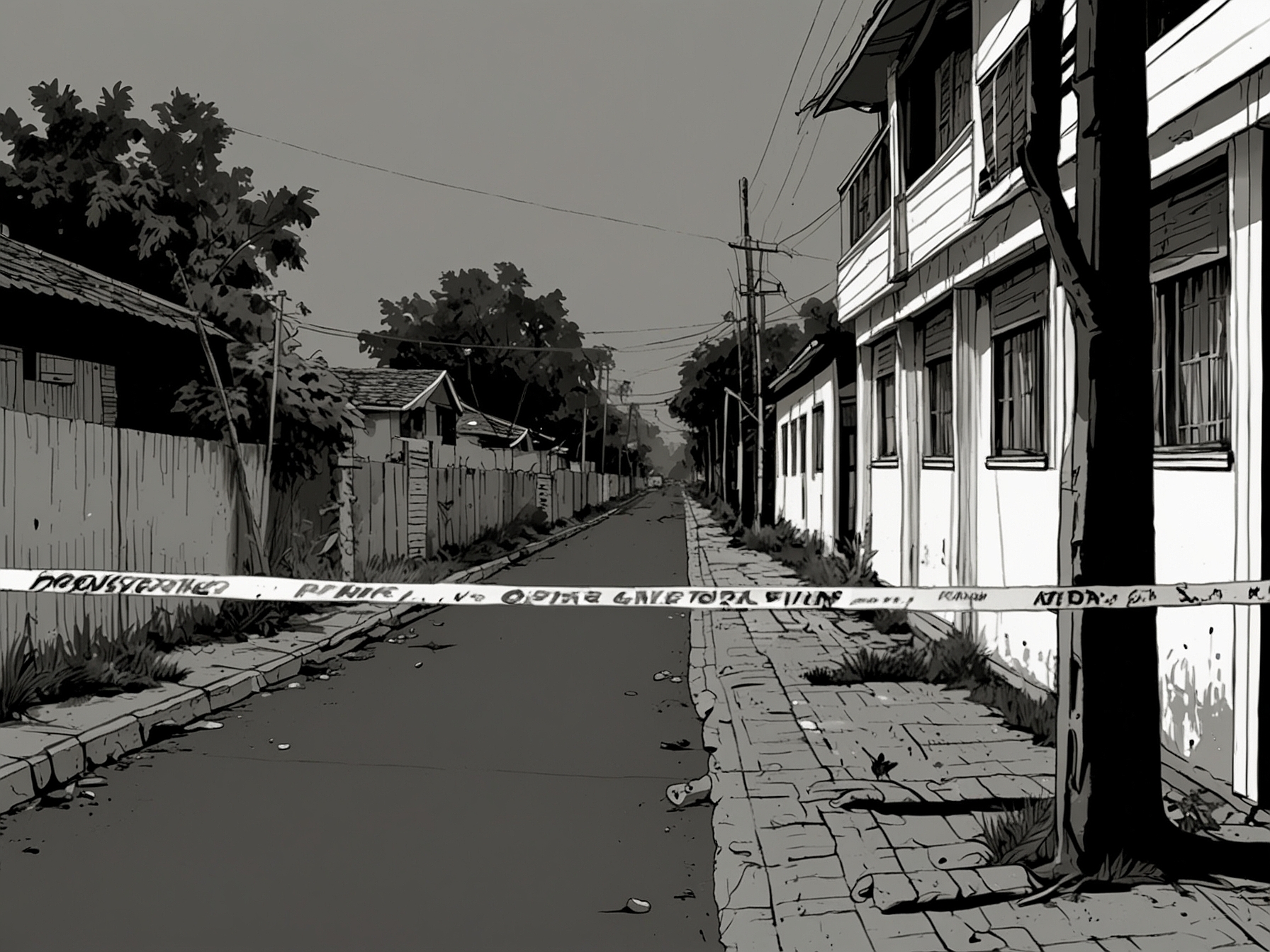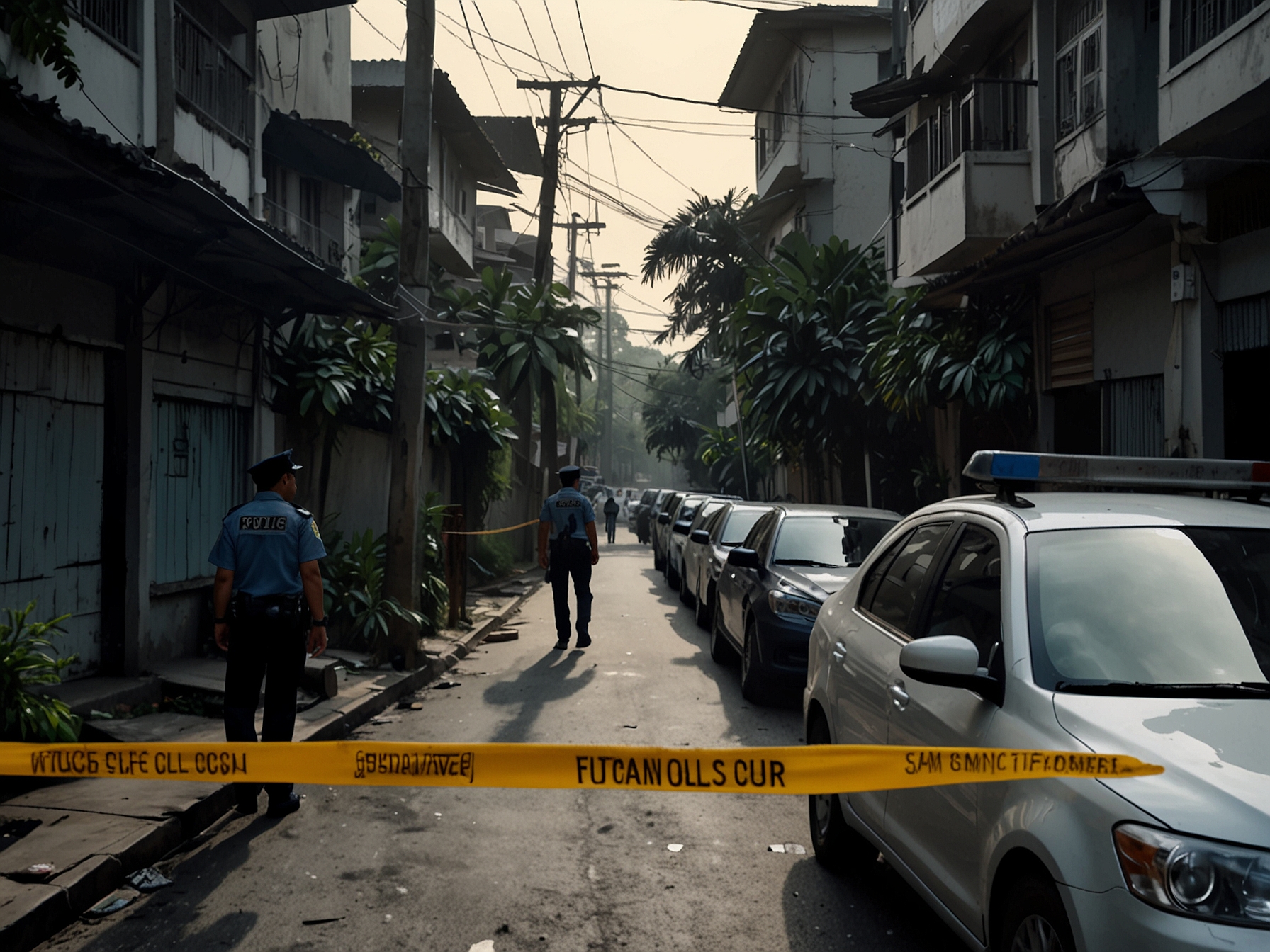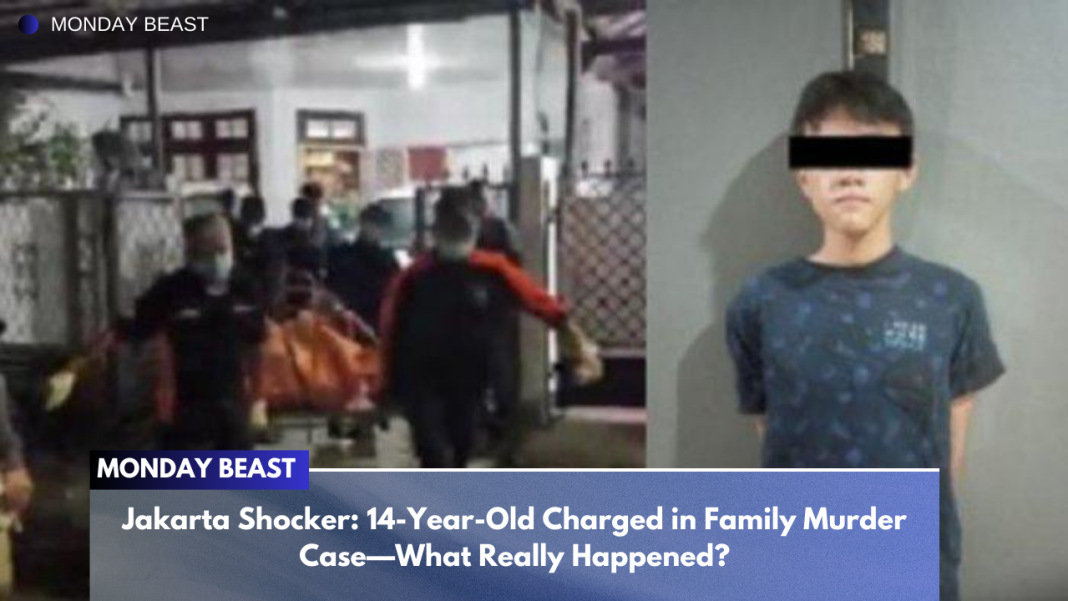In a shocking turn of events, a 14-year-old boy stands accused of murdering his family in Lebak Bulus, Jakarta. This tragic incident has left the local community in disbelief. How could a young teenager commit such heinous acts?
On December 2, 2024, local authorities confirmed the grim news. The boy, identified only as MAS, allegedly killed his father and grandmother, sending shockwaves throughout his neighborhood. What preceded this brutal attack? What drives a child to such extremes?

Witnesses describe the chaos that ensued on that fateful day. Sirens blared as police arrived, but the reality was alarming. A family torn apart, lives changed forever. It raises poignant questions about mental health and the well-being of adolescents today.
According to Jakarta’s police department, MAS now faces multiple charges. Under Articles 338 and 351 of the Indonesian Penal Code, he could be held accountable for murder and assault. Yet, one wonders: should a child that young be treated as an adult?
The police are still investigating the motives behind this tragic event. As they delve deeper into the boy’s life, friends and schoolmates are being consulted. What might we find? Some experts suggest a lack of support could have played a significant role in MAS’s actions.

Currently, the suspect is in custody at a juvenile facility under the Ministry of Social Affairs. While he’s being monitored closely, the aftermath still looms large. Both politically and socially, this case demands attention. How can a society better support struggling families?
As for the survivors, the boy’s mother, AP, is in critical condition at Fatmawati Hospital. Her injuries are severe, etched across her flesh. The community grieves for her well-being and ponders her future. Are we doing enough to help victims of domestic violence?
In recent days, the story has sparked debates on youth mental health and family dynamics. Community leaders are calling for action. What preventative measures can be taken to avert such tragedies in the future? This incident isn’t merely a headline; it’s a wake-up call for us all.

With bloodstains still marking the neighborhood, residents are left to grapple with their emotions. Their sanctuary now feels haunted. Consequently, discussions about support for mental health and accessible counseling are emerging louder.
Further complicating this situation, apathy toward mental health still persists in many regions. The intersection of crime, family drama, and societal neglect paints a grim picture. Can we change the narrative before more tragedies occur? A collective effort and understanding may be the key.
Through the lens of tragedy, we can hope for community healing. This story urges us to reflect on our roles as neighbors, friends, and family members. Let’s ask ourselves: how do we confront the signs? What can we do to prevent our youth from feeling isolated?
As the investigation unfolds, the family’s future hangs in the balance. Questions remain, but one thing is clear: the ripples of this tragedy will be felt for years. How we choose to respond will shape the conversation around family, youth, and community support.




